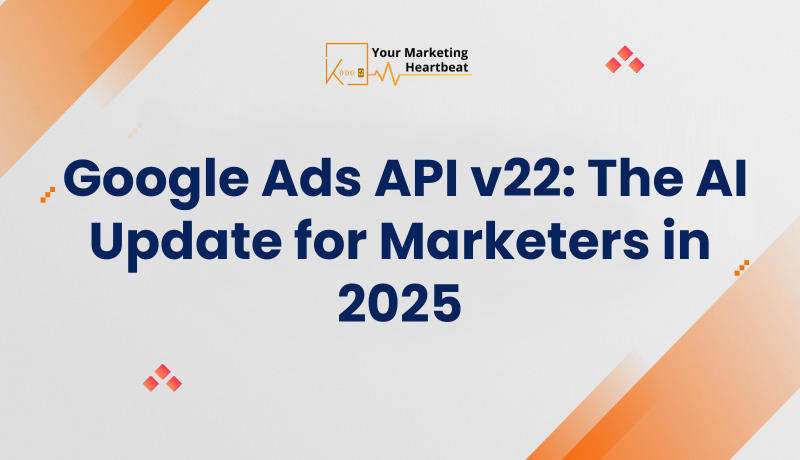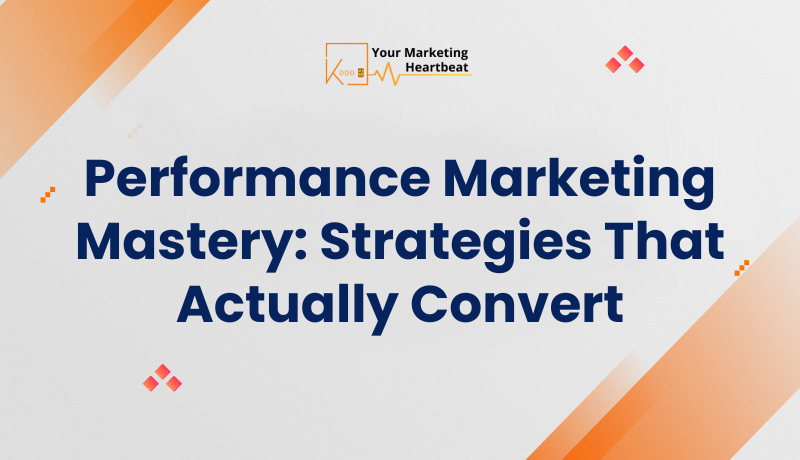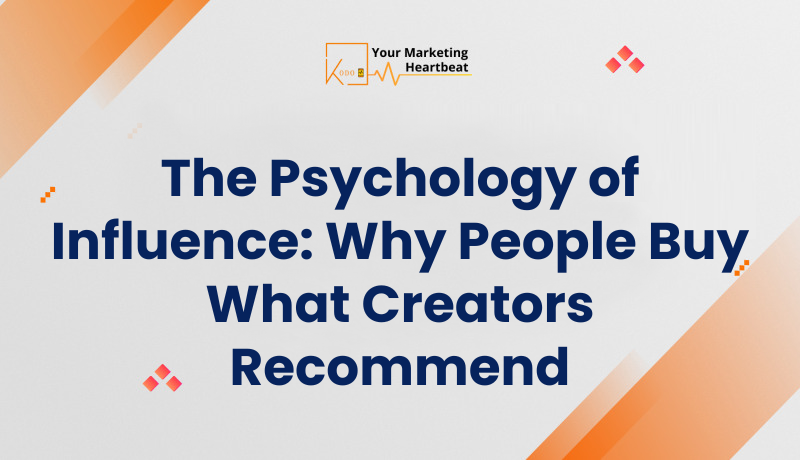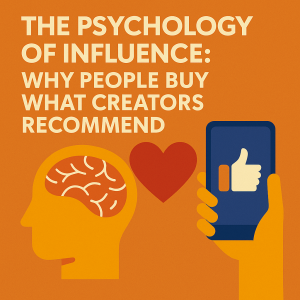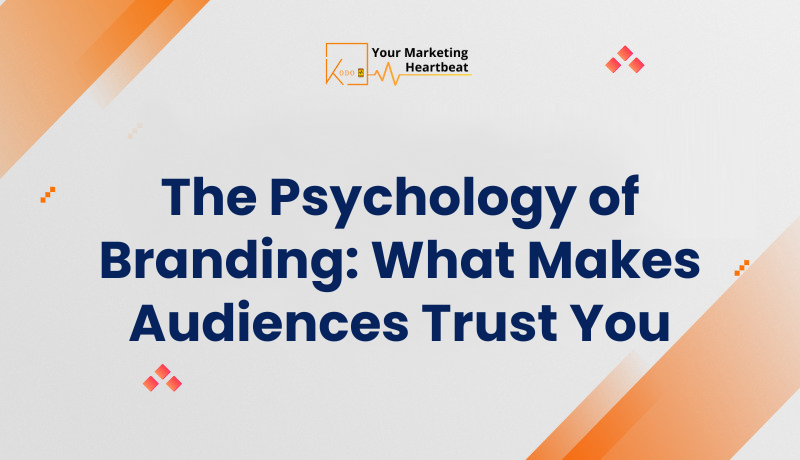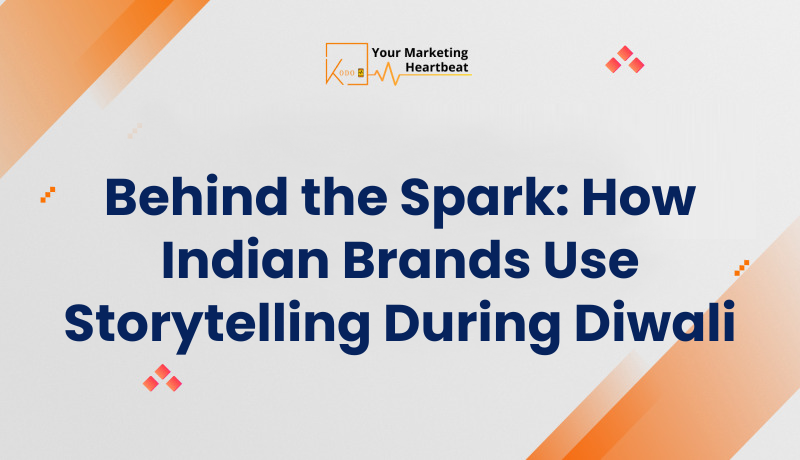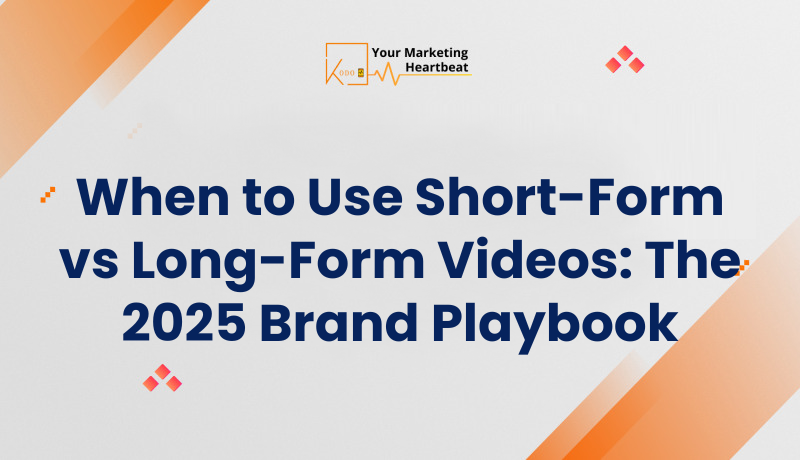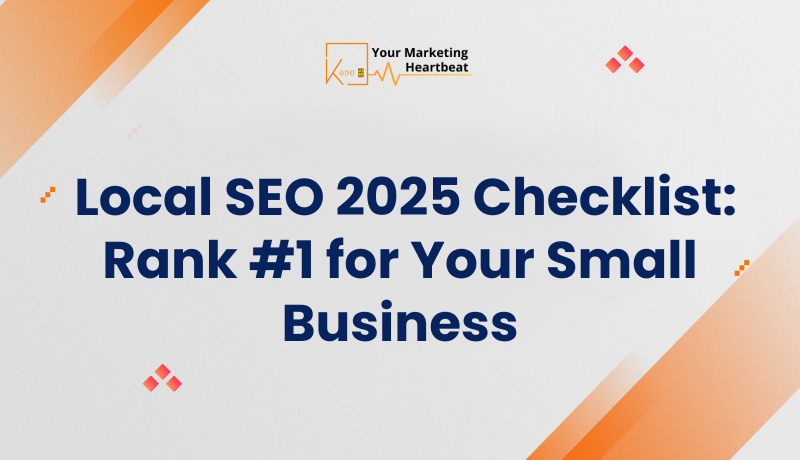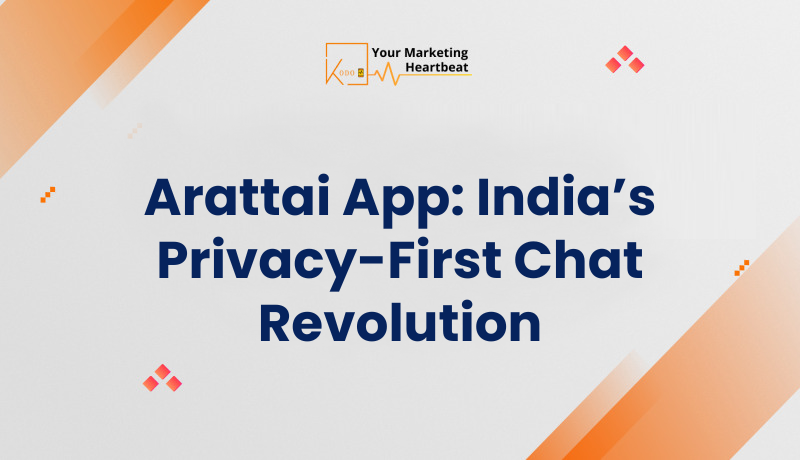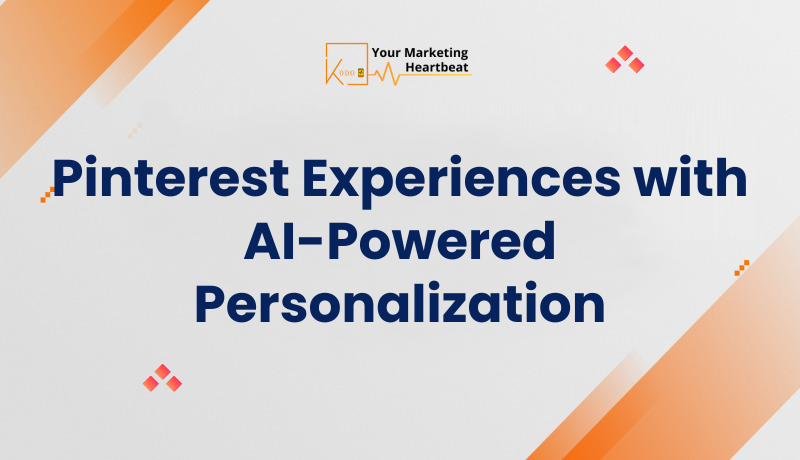
Pinterest Experiences with AI-Powered Personalization: The Future of Visual Discovery in 2025
Introduction: When Personalization Meets Visual Inspiration
Pinterest was once known as the internet’s digital scrapbook — a place for mood boards, recipes, and design ideas. But in 2025, it has transformed into something far more powerful:
A visual search engine powered by AI-driven personalization.
Pinterest’s latest upgrades have turned browsing into a fully personalized journey — one that learns from your tastes, predicts your next move, and tailors every scroll to your unique creative identity.
At Kodo Kompany, we’ve been closely watching how AI is transforming discovery-driven platforms like Pinterest — and the results are astonishing.
The new wave of AI on Pinterest is not just about smarter recommendations; it’s about emotional precision — understanding why a user saves, pins, or dreams.
In this blog, we’ll explore how AI personalization is redefining the Pinterest experience, how brands can tap into it, and why it’s the next big thing in visual marketing for 2025.
1. The Shift: From Static Pins to Dynamic Discovery
A few years ago, Pinterest’s algorithm relied heavily on user tags, interests, and keyword relevance.
Fast forward to 2025, and that model feels ancient.
Now, Pinterest uses deep learning and visual AI to understand the intent behind every pin.
AI doesn’t just see what you save — it decodes why you saved it.
Example:
If you save a “minimalist living room,” AI identifies elements like color palette, textures, and layout — then suggests related pins that align with your design style (e.g., Scandinavian decor or neutral-toned spaces).
💡 Kodo Insight:
AI is no longer just feeding users similar images — it’s learning the psychology of aesthetic preference.
2. The Power of Personalization: One Feed, Millions of Journeys
Pinterest’s new personalization engine works much like a mirror.
Every user sees an entirely unique version of the app.
How it Works:
-
Behavioral Mapping: AI tracks what you click, pin, or ignore.
-
Contextual AI: Analyzes the relationship between your saved ideas (e.g., you saved “home office ideas” and “mood-boosting plants”).
-
Predictive Suggestions: AI then builds a dynamic feed — anticipating what you might search next.
For brands, this means every ad, post, or product recommendation lands in hyper-relevant contexts — increasing both engagement and conversion.
💬 Imagine a user searching “solo travel outfit ideas.” AI now shows not just clothing, but travel itineraries, luggage, and skincare essentials — all tailored to lifestyle intent.
💡 Kodo Insight:
Personalization doesn’t just make users scroll longer — it reduces friction in the buyer journey.
3. AI Vision: Pinterest’s Secret Weapon
Pinterest’s biggest leap came with the introduction of Pinterest Lens 2.0, powered by visual AI.
The technology can identify over 5 billion objects, analyze aesthetic style, and instantly connect visuals to commerce.
Here’s what that looks like in action:
📸 Snap a photo of a cafe chair → Pinterest finds visually similar furniture from thousands of online retailers.
🎨 Save a makeup look → It suggests exact product matches available on shopping sites.
This feature has evolved with contextual intelligence — meaning AI understands the environment, mood, and emotion of an image.
💡 Kodo Insight:
For brands, this creates a “See It → Want It → Buy It” loop — powered entirely by AI.
4. The New Shopping Experience: Visual Commerce Gets Smarter
AI has turned Pinterest into the ultimate visual storefront.
Today, over 70% of Pinterest users discover new brands or products on the platform.
Here’s how AI transforms the shopping experience:
-
AI Product Tagging: Automatically identifies items in user-generated content.
-
Smart Collections: Groups pins into personalized shopping boards based on user behavior.
-
Predictive Checkout: Suggests complementary products before a user even searches for them.
Example:
If you pin “boho bedroom ideas,” Pinterest might recommend:
🪶 Wall hangings → From small artisans
🛏️ Bedding → From eco-friendly brands
🌿 Decor plants → From local stores near you
💡 Kodo Insight:
Pinterest’s AI acts as a creative shopping assistant — blending inspiration and transaction seamlessly.
5. AI + Emotions: Pinterest’s Move Toward Empathy in Algorithms
Unlike typical social platforms, Pinterest doesn’t chase virality — it focuses on positive personalization.
The AI behind Pinterest’s recommendations is trained on emotional recognition models — identifying patterns of joy, calmness, or curiosity in visual choices.
If you’ve been saving “self-care routines,” “home organization,” and “serene wallpapers,” Pinterest’s AI interprets your mood as seeking calm — and adjusts your feed to reflect that.
💡 Kodo Insight:
This shift from data-driven to emotion-driven personalization is what makes Pinterest stand out — it’s marketing that feels human, not robotic.
6. Brand Power: How Marketers Can Leverage AI-Personalized Pinterest
For brands, Pinterest’s AI personalization opens up powerful opportunities:
A. Smart Ad Targeting
Advertisers can now target users not just by demographics but by visual intent.
Example: Users who save “DIY wall art” could be shown ads for home decor kits or eco-friendly paints.
B. Predictive Trends for Seasonal Campaigns
Pinterest Trends (powered by AI) analyzes billions of pins to predict upcoming seasonal trends — like “pastel Halloween” or “wellness travel.”
Marketers can plan content months in advance with near-perfect accuracy.
C. Creative Optimization
AI-driven A/B testing lets brands experiment with imagery and messaging — AI automatically prioritizes visuals that perform best with target audiences.
D. Product Discovery through Lens Data
Integrating with Pinterest Lens allows brands to connect their product catalogs for visual match recommendations — instantly linking discovery to sales.
💡 Kodo Insight:
Kodo Kompany helps brands integrate these AI tools — optimizing campaigns for relevance, ROI, and real connection.
7. Case Studies: Brands That Nailed AI Personalization on Pinterest
1. IKEA – The Home Mood Predictor
IKEA used AI to create dynamic Pinterest boards that adjusted to user moods and seasons.
Users who engaged with “cozy lighting” saw mood-based product suggestions and home inspirations.
Result: 2.5× engagement rate increase and a 30% boost in click-throughs.
2. Sephora – Virtual Try-On through Pinterest Lens
Sephora integrated AI-powered AR with Pinterest Lens to let users “try” lipstick shades virtually.
Result: 8× higher product saves and increased conversions during holiday seasons.
3. Airbnb – Experience Boards
Airbnb used AI-generated data from user pins to create custom travel boards like “Haunted Stays” and “Coastal Escapes.”
AI grouped listings based on color tones, mood, and architecture.
Result: 40% rise in engagement from creative travelers.
💡 Kodo Insight:
These examples show that AI-driven personalization doesn’t just drive clicks — it deepens emotional resonance between brands and users.
8. What This Means for the Future of Marketing
The line between searching and discovering is fading fast.
With AI, Pinterest is moving toward what we call Predictive Discovery Marketing — where platforms know what inspires users before they even realize it.
For marketers and agencies like Kodo Kompany, this means a major opportunity:
✅ More relevant ad placement
✅ Better storytelling alignment
✅ Higher creative efficiency
✅ Greater ROI on every campaign
Brands that learn to design AI-friendly creative ecosystems will dominate visual discovery in the next wave of social commerce.
9. How Kodo Kompany Helps Brands Adapt to AI-Driven Pinterest
At Kodo Kompany, we help businesses leverage emerging platforms like Pinterest not just for visibility — but for conversion through creativity.
Our team uses:
-
AI trend forecasting to plan content calendars
-
Data-backed keyword mapping for visual SEO
-
Custom creative strategies aligned with Pinterest personalization algorithms
-
Brand storytelling frameworks that balance human emotion with machine precision
In other words, we don’t just post — we personalize, analyze, and amplify.
💡 In 2025, your creative success depends not on how much you post, but on how well your content understands your audience.
10. The Takeaway: Personalization Is the New Performance
AI-powered personalization on Pinterest isn’t just an update — it’s a revolution.
It’s the moment when technology stops guessing and starts understanding.
When ads become recommendations.
When content feels designed just for you.
For brands and creators, this is both an opportunity and a challenge — to build marketing strategies that don’t just speak louder, but listen better.
At Kodo Kompany, we believe the future of marketing lies in one phrase:
“Create once. Personalize forever.”
And with AI on your side, every pin can be the start of a powerful brand journey.



